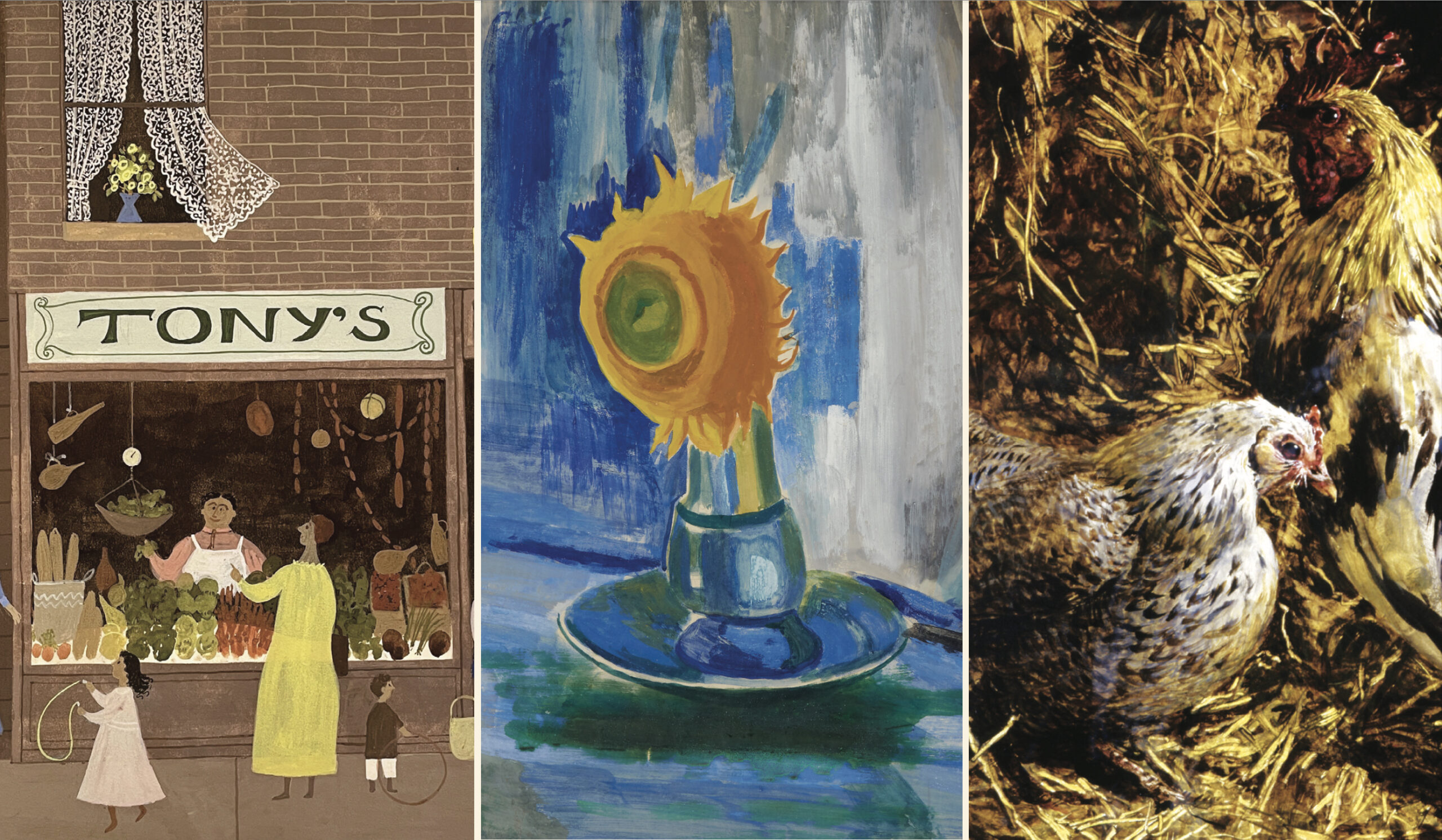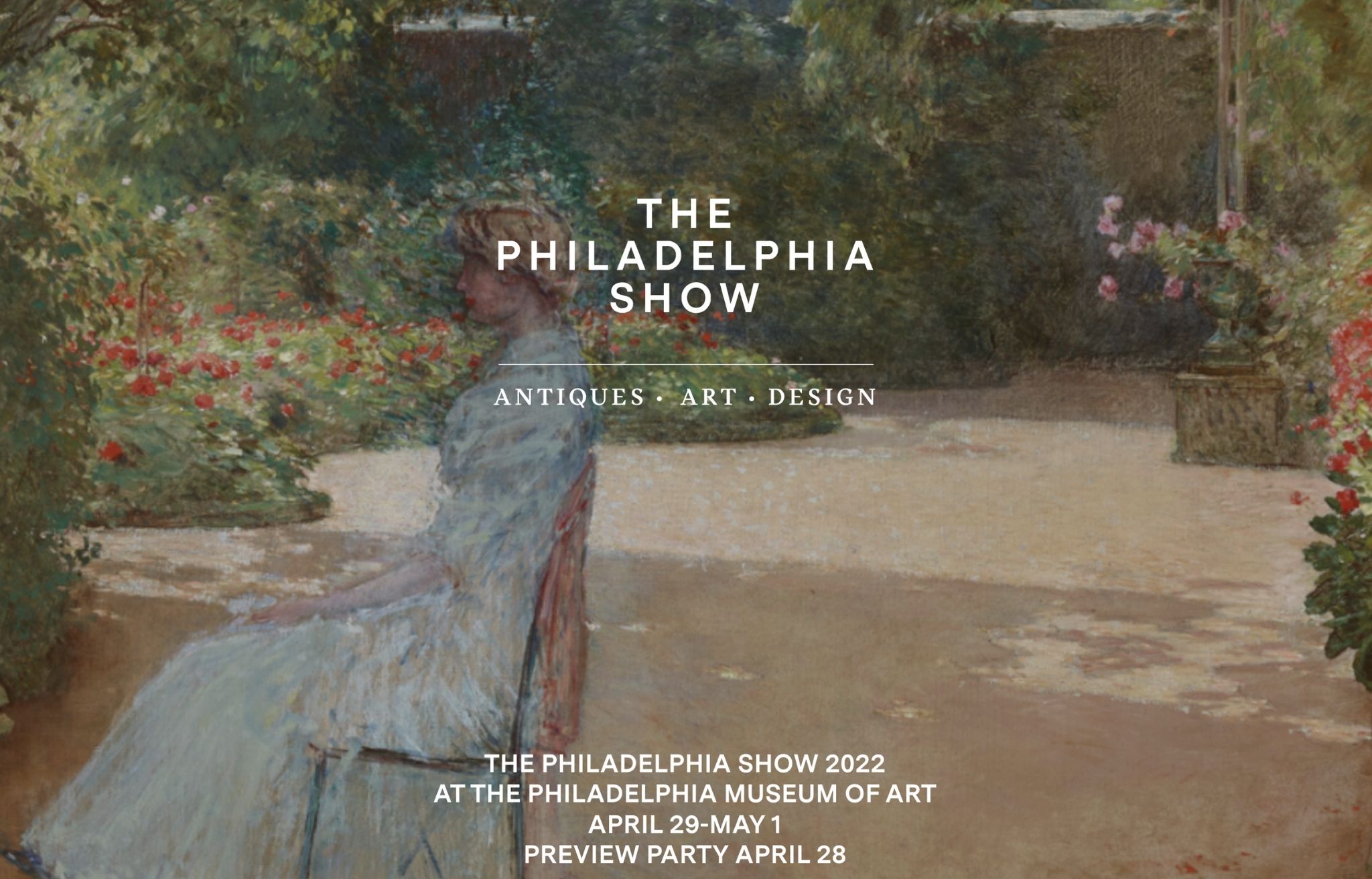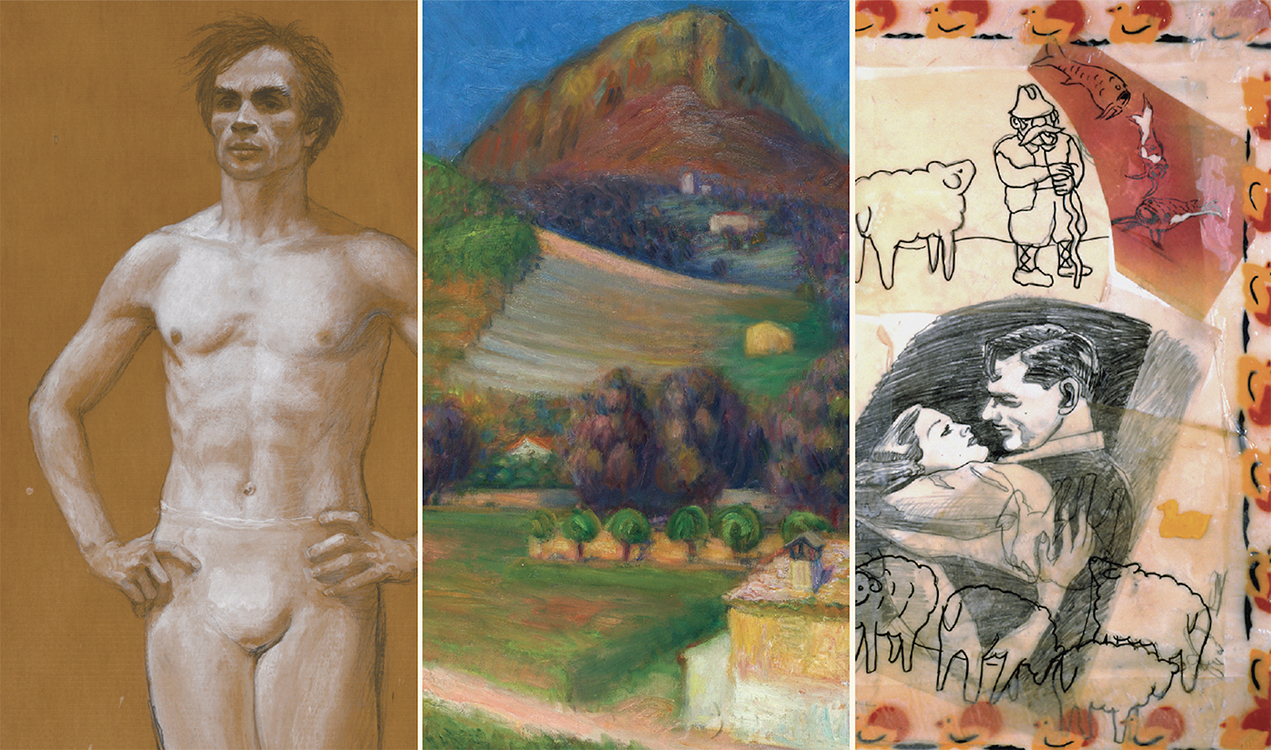Exhibitions


April 29, 2022 - May 1, 2022
The Philadelphia Show 2022 – On View at the Philadelphia Museum of Art
View the Exhibition →
March 27, 2020 - June 30, 2020
American Masters: Art of the 20th – 21st Centuries
View the Exhibition →About
Born in Butler County, Pennsylvania, Rae Sloan Bredin first studied painting at the Pratt Institute in Brooklyn, New York. After his graduation in 1899, he attended classes at the New York School of Art with William Merritt Chase and Frank Vincent DuMond followed by the Pennsylvania Academy of the Fine Arts.
While still at the New York School of Art, Bredin met Charles Rosen and Robert Spencer, who later encouraged him to visit the artist colony at New Hope, Pennsylvania. Nearly ten years later, in 1911, Bredin went to New Hope for the first time to study with William Langson Lathrop. There, he stayed with Charles Rosen and during this time probably met his future wife, Alice Price, who was the sister of Mary Elizabeth Price, a well-known painter, and of the art dealer Frederic Newlin Price (Ferargil Gallery, New York).
In April 1914, Bredin married Alice and spent a summer honeymoon in France and Italy, studying and painting. Upon his return home that summer, he moved to a house on the towpath in New Hope called Lawn Shadows, where he lived and worked for the next twenty years, becoming a prominent member of the Pennsylvania Impressionist group. Whereas many other New Hope artists primarily painted landscapes, Bredin painted both portraits and landscapes, and often incorporated figures in his landscape paintings, using family members as models.
During World War I, he engaged in work at a hospital in the service of the French Army and maintained ties to this country as a member of the Societé Internationale des Beaux Arts et Des Lettres of Paris. He returned to France in 1929 to complete a portrait commission for Swarthmore College. At his memorial exhibition at the Phillips Mill in New Hope, a small gallery was devoted to his drawings of French officers and nurses made during the War.
While many of the Pennsylvania Impressionists focused on painting winter landscapes, Bredin preferred to depict spring and summer scenes featuring multiple figures. The Delaware River and nearby canal provided inspiration for Bredin throughout his time in New Hope. In The Little White House, the canal reflects the picturesque scene of a family going about their everyday activities as well as the dappled sunlight effect that the artist used in many of his landscape paintings.
Similar works include After the Rain, circa 1913 (James. A. Michener Art Museum), Canal in Winter, 1917 (private collection), and Where the Canal Widens (collection of Thomas and Karen Buckley).
Exhibitions with Somerville Manning Gallery
2022 American Masters: Art of the 19th – 21st Centuries
2020 American Masters: Art of the 19th – 21st Centuries